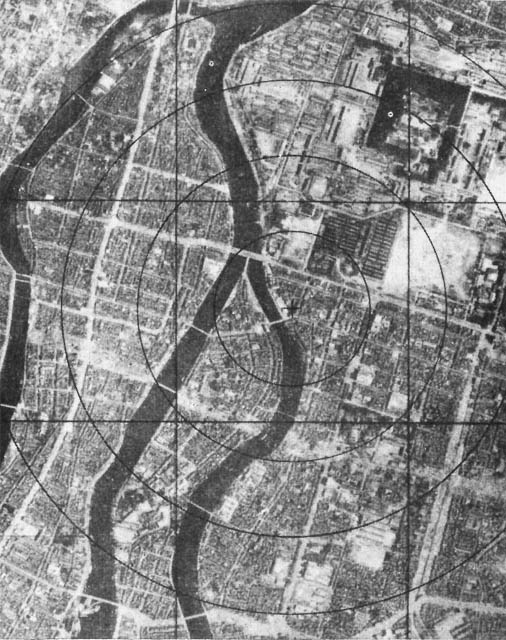The Atomic Bombings: Why Hiroshima and Nagasaki?
On August 6, 1945, the United States dropped a nuclear weapon on Hiroshima, Japan – the first time such a catastrophic weapon was ever used in conflict. Three days later the U.S. released another on Nagasaki, devastating the city and ushering in the nuclear age. Over the next few weeks, Global Zero will explore what led to the bomb’s development, the consequences of its use, and where we’ve come since those fateful days in August. This is the fifth post in our series “‘My God What Have We Done:’ The Legacy of Hiroshima and Nagasaki.”
In mid-July 1945, President Harry Truman was informed that the first test of the atomic bomb on had been successful. The bomb was ready for military use. Internal deliberations and weather conditions ultimately led the U.S. to use a nuclear weapon on Hiroshima and, later, Nagasaki.
Before the Trinity Test, the Manhattan Project’s Target Committee had been discussing which Japanese cities would be the most effective targets for the atomic bomb. In May 1945, the committee issued their recommendations. Based on three qualifications – “a large urban area of more than three miles in diameter…capable of being damaged effectively by the blast and…likely to be unattacked by [August 1946]” – the committee identified their top four potential targets for the bombings: Kokura, Yokohama, Hiroshima, and Kyoto. Nilgata, an increasingly important port city, was also offered as an option.
Kokura was a city of great military importance because it had the largest factory in western Japan for the production of aircraft, missiles and other weapons. Yokohama was an urban area that had escaped attack so far and hosted important industrial activities, including aircraft manufacturing, docks and oil refineries.

Hiroshima was also very important from a military perspective since it was home to the 2nd Army Headquarters, which were responsible for the defense of southern Japan. It was an important center of storage, communications, and assembly of soldiers. The city’s landscape added to its appeal as a place to showcase the bombs destructive power – the nearby hills could increase damage from the atomic blast and the rivers running through it kept Hiroshima off the list of targets for firebombing.
Kyoto was another ideal target: it had a population that amounted to 1,000,000 people, it was a major industrial center, and it was Japan’s intellectual center and former capital. Ultimately U.S. Secretary of War Henry Stimson persuaded Truman to take Kyoto out of consideration as it was Japan’s cultural center and a cherished city. Nagasaki, another important port, was chosen as its replacement.
Targeting was finalized on July 25, 1945: Hiroshima, Kokura, Nilgata, Nagasaki. The attack order stipulated the U.S. Air Force would deliver the first bomb “after around August 3, 1945 on one of the targets” as the weather permitted. Hiroshima’s weather report for August 6 showed a clear day and plans moved forward. Kokura, the intended target for the second bombing, was spared only because the city was suddenly covered by a cloud on August 9. Nagasaki was devastated instead.
Our next post marks the anniversary of the bombing of Hiroshima with an account of the bombing and its immediate devastating effects.